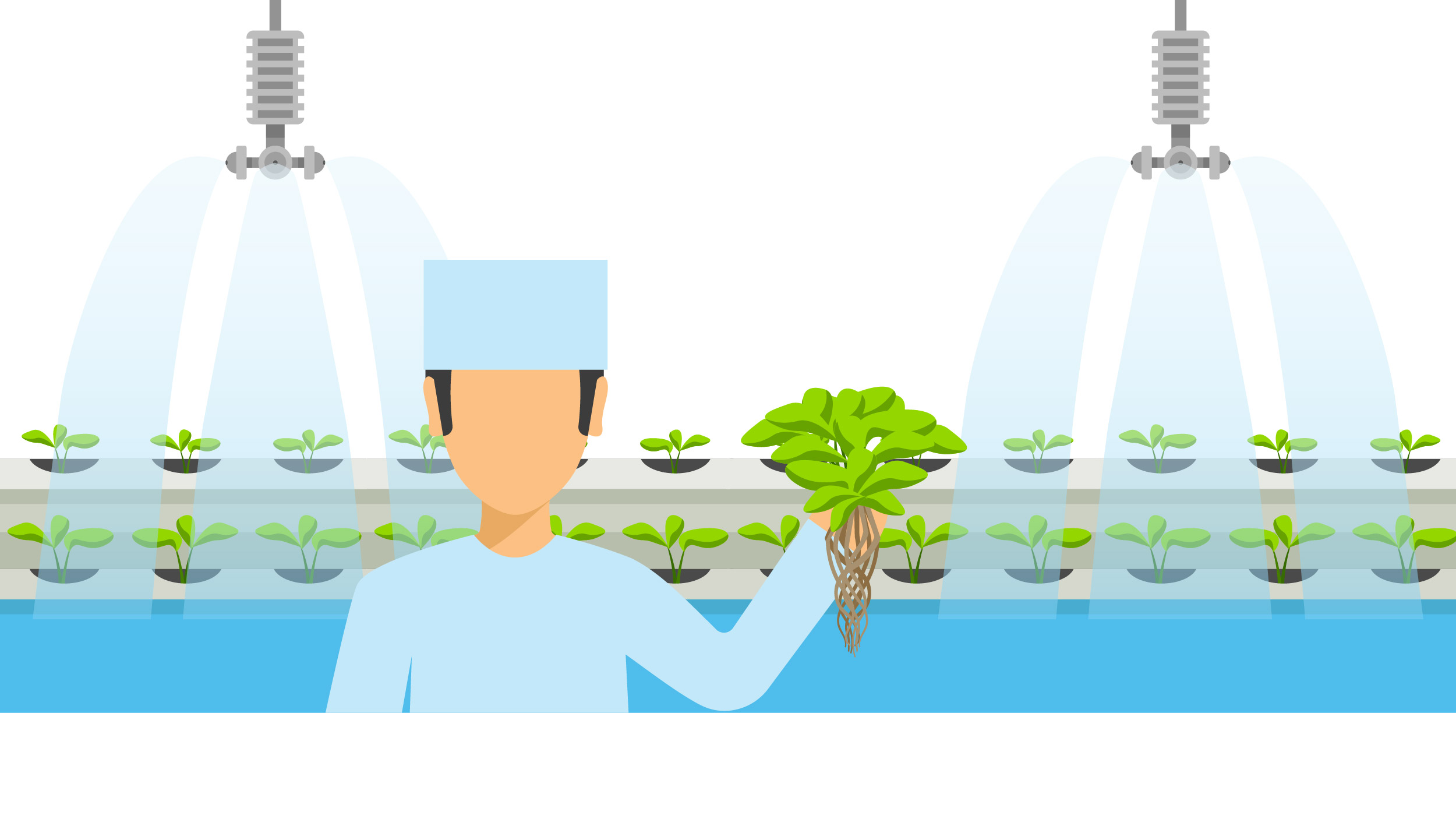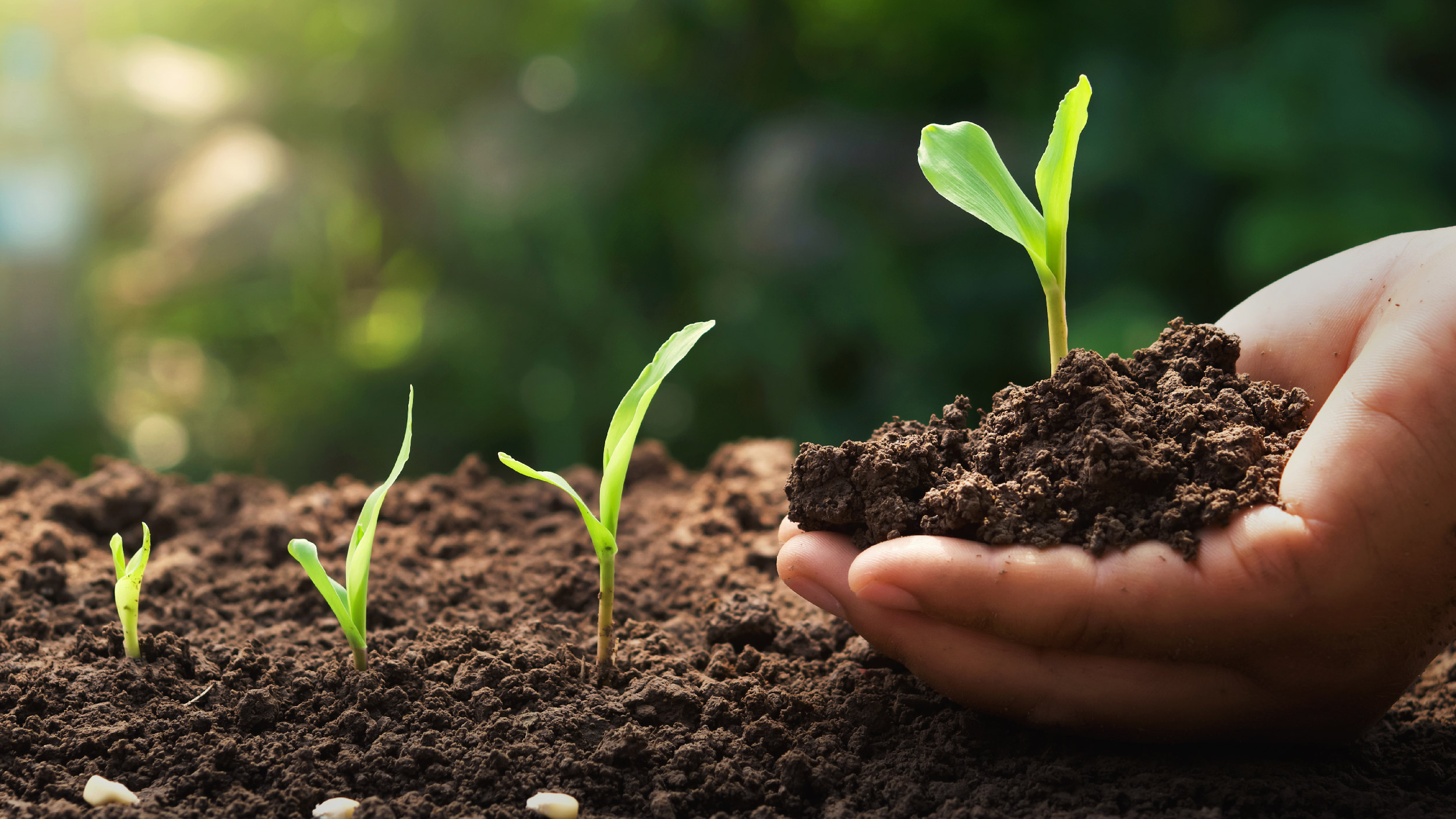Have you ever considered the source of the food on your plate? Your food traverses a complicated path, from the human hands that plant the seeds to the machinery that harvests the crops. With the development of technology, agriculture is advancing at an astounding rate. It has come a long way from the days of human labor and conventional farming techniques.
According to the World Bank, there will be 9 billion people on the earth by the year 2050, which means that we would need to produce almost 70% more food than we do now to feed them.
How to sustainably feed a population that is growing swiftly is one of the greatest challenges facing civilization today. Declining incomes and productivity as well as the harmful environmental effects of conventional agriculture practices have made the problem worse.
Precision farming systems provide a practical answer to this growing issue. But what is it then?
Precision farming technology is a collection of techniques and tools that give farmers the ability to increase soil quality and productivity by putting in place a number of targeted, crucial interventions. This is made possible by the development of ever-more sophisticated technologies. According to the Food and Agriculture Organization of the United Nations, precision agriculture can increase farm yields by up to 30%
It is called “precision” because of the cutting-edge tools that make it possible to carry out the proper intervention in the proper location at the proper time with exceptional levels of precision in response to the particular requirements of individual crops or areas of land. The primary use of technology is to gather the data and information needed to make judgments about how to increase production, followed by the implementation of the necessary corrective measures to achieve this goal.
The notion of precision farming, known as “agriculture 4.0,” is gaining popularity in the present period. All tools and techniques that make use of innovative technologies in a related way fall under this umbrella phrase, commencing with the utilization of data to boost and optimize production.
Precision farming: Sustainable Way of Agriculture
Precision farming is becoming more popular as a result of a number of factors, including the quick adoption of cutting-edge technologies to reduce labor costs and the expanding use and penetration of Internet of Things (IoT) devices in the agricultural sector. Due to its benefits, including significant cost savings, alarming climate change, and the rising demand for food production, farmers and more people are becoming more and more aware of the integration of precision farming equipment.
 The primary technologies employed in precision farming, such as smart sensors, GPS, GNSS, auto-steering and guiding technology, and variable rate technology (VRT), are credited with the significant reduction in labor. Government agencies are also encouraging precision farming as a traditional and alternate technique of farming, which helps the industry flourish. Additionally, according to the United States Department of Agriculture, precision agricultural technology adoption in maize output scaled from 15% in 2010 to 80% in 2020.
The primary technologies employed in precision farming, such as smart sensors, GPS, GNSS, auto-steering and guiding technology, and variable rate technology (VRT), are credited with the significant reduction in labor. Government agencies are also encouraging precision farming as a traditional and alternate technique of farming, which helps the industry flourish. Additionally, according to the United States Department of Agriculture, precision agricultural technology adoption in maize output scaled from 15% in 2010 to 80% in 2020.
How is Precision Farming Thriving? A Peek into the Challenges
Precision farming typically makes use of technological solutions including cameras, sensors, automated systems, artificial intelligence, and hydroponic, aquaponic, and aeroponic systems. According to The Guardian, with precision farming, seed costs can be cut by up to 12%.
Running this contemporary technology requires trained and skilled individuals. This is the main challenge faced by the industry: the lack of skilled labor.
The detrimental repercussions of a skilled labor shortage in many international firms are not limited to vertical farming. Furthermore, the majority of farmers enter this market with high-priced, ineffectively designed systems. Vertical farms need to keep up with a variety of farming-related difficulties in order to remain competitive in the market.
Decoding the Relationship between Precision Farming and Hydroponics
Precision farming is a vast field, out of which hydroponics is one of the segments that is witnessing the highest growth. This is because of the growing popularity and low installation costs of gardening. People are increasingly attracted to hydroponic farming because of the ease of use and the innovative method of farming.
In hydroponics, the soil around the plant roots is swapped out for a mineral solution to grow plants. The risk of disease transmission from organisms in the soil is also decreased by the hydroponics technique. The market for hydroponics is projected to grow as customers become more aware of the dangers of pesticides. Because of better nutrient control, plants produced in hydroponic systems produce more than equivalent plants grown in soil. Plant roots are also submerged in a mixture of chemicals and frequently examined to ensure that the proper chemical composition is maintained for growth.
Precision Farming Beyond Sowing
Like any other farming practice, precision farming is a standardized process involving four critical steps.
- Data gatherin
- Examination of data
- Making decisions using data analysis
- Directing field operations in accordance with the decisions
The next crucial factor is the equipment needed once the various procedures involved in precision farming have been discussed.
Although there are many precision farming technologies available, none of them can fully replace the industry-specific expertise of people who work in the agricultural sector because they all provide invaluable support to enhance performance and outcomes.

Variable dosage rates and semi-automated directed vehicles are two widely used technologies, but there are many more on the horizon. Advanced techniques collect data using integrated frameworks and put various productivity-boosting strategies into action.
Where is Precision Farming Finding its Root?
The Asia-Pacific region is expected to have a disproportionately large share of the market due to the significant demand for organic food in the area, which consumes more than 75% of all vegetables produced globally. An increase in pollution, food scandals, and aversion are supporting the growth of indoor farming and organic food in the region, which is being driven by a shift in customer tastes.
Some of the largest indoor vertical farms in the world are located in this region. Hong Kong is an island that has a high population density yet minimal open space. Since conventional farming cannot produce the quantity of food required to meet domestic demand, the country is heavily dependent on imports.
Will Precision Farming Enough to Feed World’s Growing Population?
Unlike traditional farming methods, which could have a negative impact on the environment, precision farming practices promote a sustainable ecosystem. Utilizing scarce resources to address an urgent problem is the goal of precision farming. It promotes nutritional harmony and reduces losses brought on by traditional farming practices. Chemical resistance development is slowed down by sustainable farming practices.
Modern agricultural robots can manage crops more precisely while being able to collect information on the state of the soil and automate seeding and harvesting. This is largely due to sensors that can determine the maturity of agricultural products and grippers that can handle fruits and vegetables without damaging them, which are some of the most recently developed technologies that are now available or in development.
Although precision farming is not a panacea for feeding the world’s expanding population, it unquestionably plays a significant role in achieving that goal. Precision farming may increase crop yields, reduce waste, and maximize the use of essential resources like water and fertilizers by utilizing modern technologies. However, it’s important to remember that other elements like climate change, socioeconomic difficulties, and political unrest can also have an impact on food distribution and production. Therefore, to address the growing global food demand, a comprehensive strategy that includes precision farming and other successful tactics is required.




